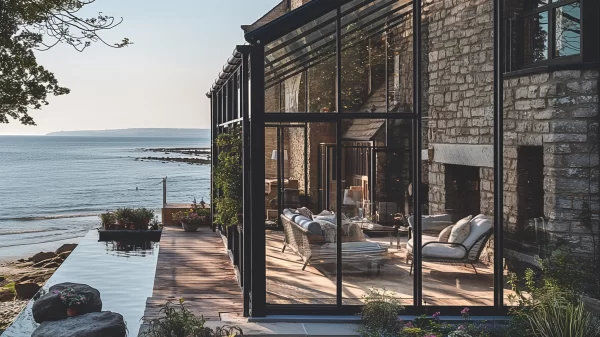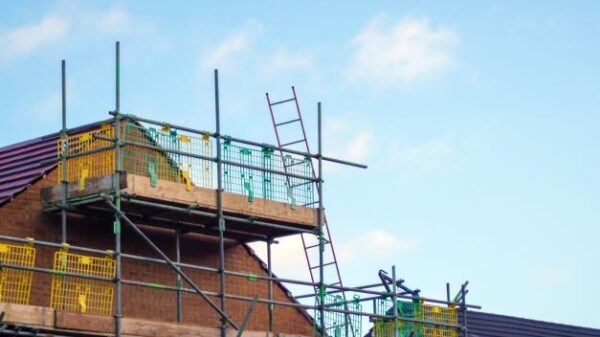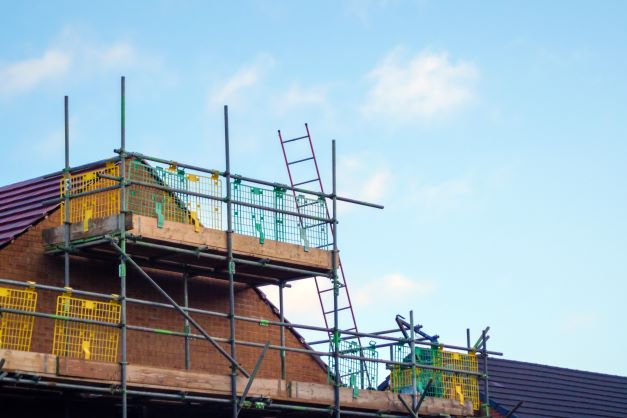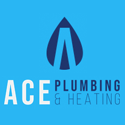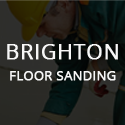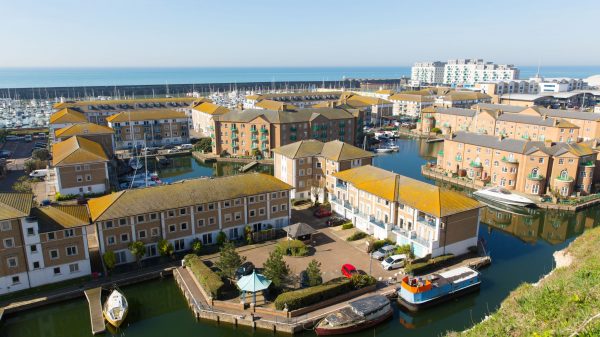If working at height, scaffolding is highly recommended and sometimes essential from a health & safety perspective. But most people, particularly people working on home / personal projects for their residence, don’t exactly know when and why they would require scaffolding.
We contacted local firm Peak Scaffolding Brighton for advice to share and asked some common questions. So, we hope you find this guide useful for the next time you have a renovation or home improvement planned!
How do I know if I need scaffolding?
If you’re managing a commercial project, we recommend you get a thorough risk assessment undertaken by a trained professional.
If you’re a homeowner or working on a domestic project, our tips below should help you determine if you require scaffolding.
-
Will you be working at height?
If you’re intending to be working at height for any duration (30 mins +) you should seriously consider hiring scaffolding to make sure you have suitable, stable working platforms to use. Falls are one of the leading causes of accidents when working at height.
-
Are you trying to access a difficult-to-reach area?
Again, being off balance is a bad idea when being off the ground. To access difficult areas and be able to work, you can’t be leaning or at risk of falling. Scaffolding structures provide you with stable working platforms.
-
Will your project last longer than a day or two?
The risk of an accident occurring increases in probability with every single passing day, whatever your project. Scaffolding dramatically reduces the risk of incidents or accidents.
Common projects that require scaffolding the majority of the time:
Home Improvements or Repairs
e.g. roofing – replacement or repair, chimney work, gutter installation or repair, loft conversions.
(and if your residence is multiple stories, we would also include): Window replacement or repair, house painting, or exterior wall repair.
If you’re improving your home, it’s likely you will be engaging contractors to help and they’re likely to recommend scaffolding. Regardless, it’s useful to know that a scaffold structure provides workers with the ability to safely undertake their jobs with peace of mind, enabling them to focus on their work. Scaffold working platforms also provide a safe place for professionals to rest their tools & equipment.
Obviously, you can’t stand on the side of your house, so you need some form of platform i.e. scaffold structure. You can stand on the top of your house, but this doesn’t exactly mean you should. Loose roof tiles or a weak roof are the leading cause of dangerous slips or falls. With scaffolding, you don’t have to stand on the actual roof itself – meaning a much safer experience. It also acts as a safe perimeter around the roof and edges of the house.
Not all scaffolding needs to be fixed, either! For jobs like gutter repair work or house painting, mobile scaffold towers are a useful alternative option.
Professional Scaffolding Services in Brighton
If you’ve realised you do require scaffolding, it’s important to engage with a reputable company. They should comply with legislations to protect your safety as well as the safety of their staff & also the general public that might be impacted.
If you still have any questions, are unsure if you need scaffolding, or would like a quote for your project – Peak Scaffolding Brighton regularly works with local businesses and residents in the Brighton & Hove area.
We offer free, no-obligation quotes. We can either come to you, or sometimes we can quote online. This is all at no charge. We will offer you professional, unbiased advice.
Our friendly team is happy to help and can be contacted by phone on 01273 092613 or at peakscaffoldingbrighton@gmail.com for email.


























